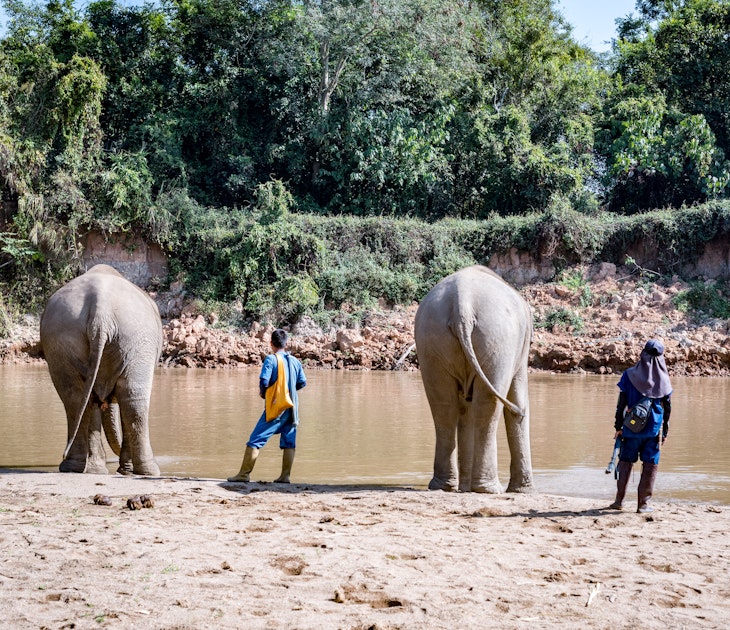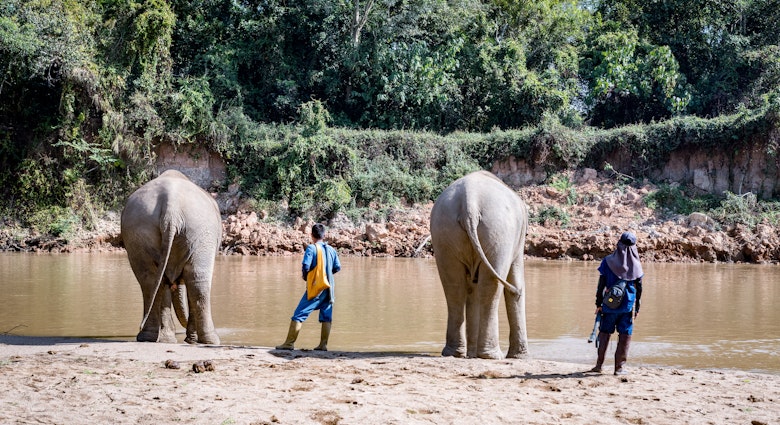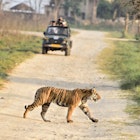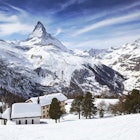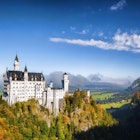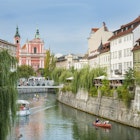The Exclusion Zone around the nuclear power plant of Chernobyl has become an accidental wildlife sanctuary, and it’s now possible to visit it and see how flora and fauna are growing at extraordinary rates.

The power plant that exploded on 26 April, 1986, was located between the Ukrainian cities of Chernobyl and Pripyat, just over 15 kilometres away from the border with Belarus. After the incident, the whole area was evacuated for a 30-kilometre radius, creating the Exclusion Zone. And a few years later, scientists began to observe a return and repopulation of both animals and plants.

Read more: What it's like to tour Chernobyl
Now the APB-Birdlife Belarus group, the largest private conservation organisation in the country, has started to put together wildlife tours to see this “involuntary park” and its inhabitants. Among them are species like the European lynx, native of the area but extremely rare nowadays, herds of Przewalski’s horses, boars, bears and wolves.
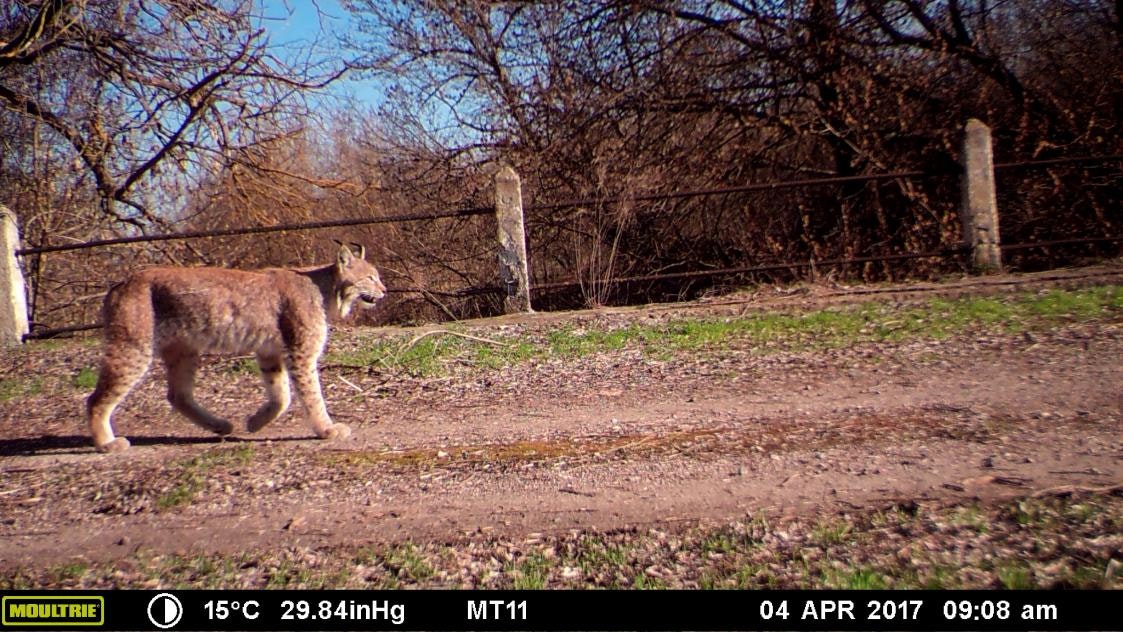
The eco-tours, led by experts of the APB-Birdlife group, will guide visitors through the Belarusian side of the Exclusion Zone, the Palieski State Radioecological Reserve, and show them “what nature does when people leave,” as the group itself describes the experience. “The area is the closest that Europe has to a wilderness,” it reads on the group’s website and helps in giving key lessons on the dynamics that regulate animal life. For example, the reserve has always had a stable number of wolves (around 80 to 100 individuals) for years, which shows that wildlife can take care of itself.
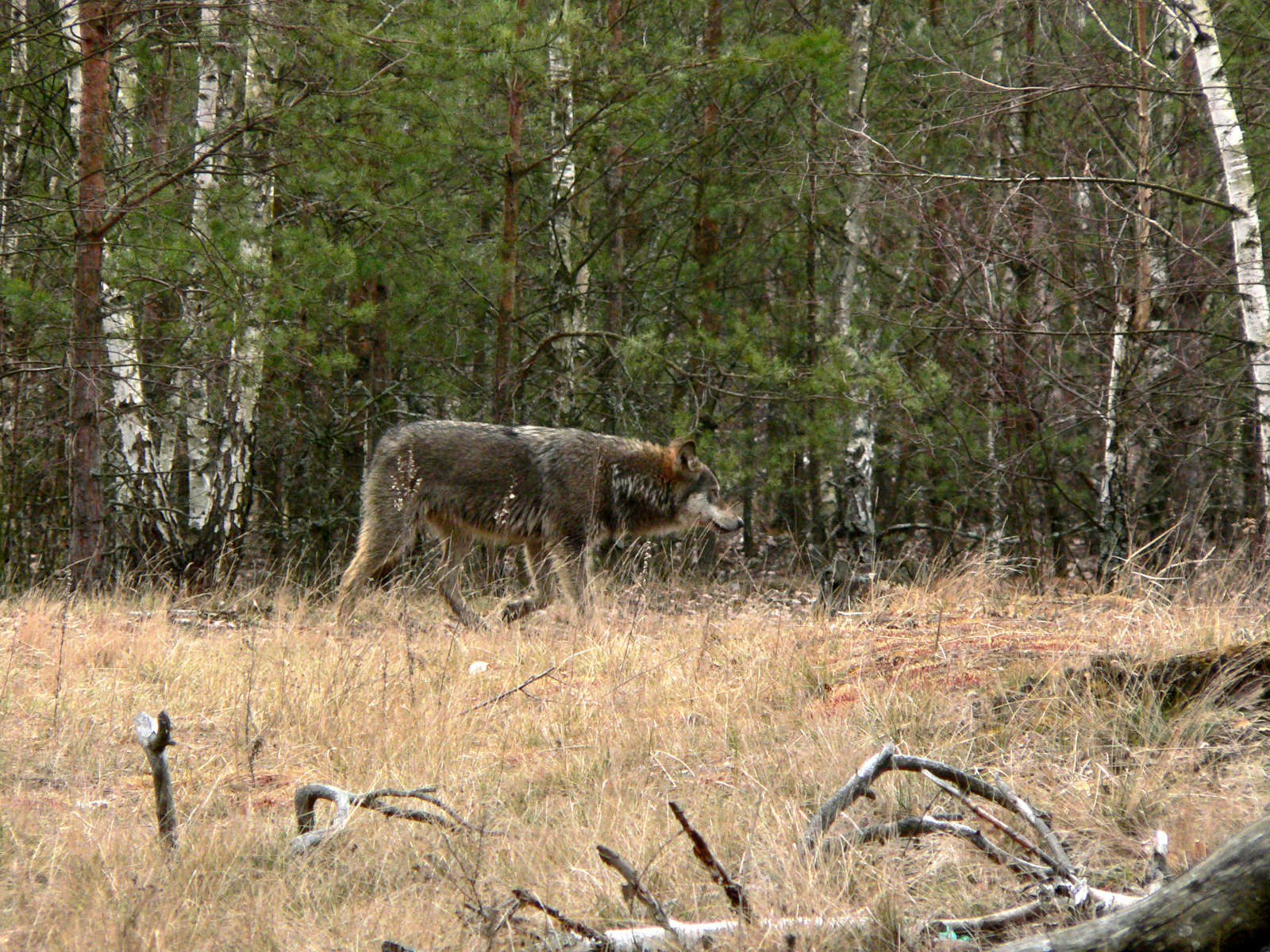
Visits to the reserve are completely safe since they take up a short period of time and follow strict safety protocols and procedures. All profits from the eco-tours also gets invested back into the reserve, to help with the conservation of its wildlife.
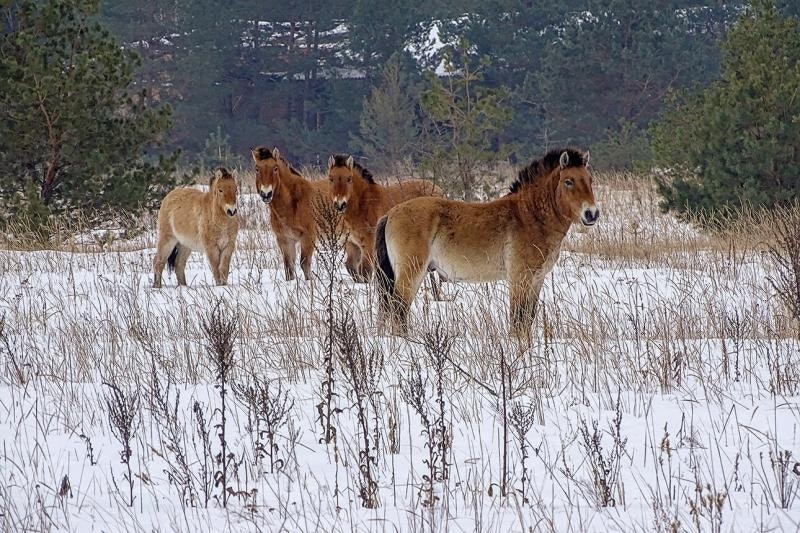
If you’d like to know more about the tour and the APB-Birdlife Belarus organisation, you can check out their official website here.


